
As assets come to the end of their lifetime, we will replace all space heating that currently uses natural gas with alternatives such as green powered heat pumps.
We are a major user of natural gas for the treatment of sewage sludge at our regional Sludge Treatment Centres at Howdon on Tyneside and Bran Sands on Teesside. This gas is used in energy-efficient Combined Heat and Power Stations, which provide the power and heat needed to ensure that the sure sludge is properly treated. In these sewage treatment processes, we minimise the use of natural gas by ensuring our assets are energy efficient and, wherever possible, switch energy generation to renewable sources. Our operational activity is monitored daily to ensure maximum energy and carbon efficiency and we’re currently working with Newcastle University to deploy cutting edge process control techniques to help us drive down our emissions and gas use even further.
For any gas that we still need to use, we have begun sourcing Green Gas. This is gas bought into the sites in the normal way, but supplied along with a Guarantee of Origin Certificate – evidence that it has been produced from waste or from energy crops.
These Guarantee of Origin Certificates help pay for investment in new green energy sources like the Ridge Road biomethane facility near Leeds which we developed – Ridge Road provided approximately a third of our Green Gas supplies last year.
We continue to explore the use of green fuel alternatives to replace fossil fuels used in our treatment processes and, where appropriate, these will be implemented. To retain resilience and quality of service, while also reducing our emissions, we will deploy energy storage backed by green power where fossil fuels are used for back up generation. We aim to have our first Energy Storage system installed before the end of 2023.
We maintain a commitment to adding 30MW of renewable generation to our asset base by 2027, including solar, hydroelectric and wind power.
We are pleased to be over halfway there – in 2021 we started a roll-out of new solar arrays on our sites – commissioning over 10MW of capacity. This adds to the more than 6MW of hydro at our sites.
Wherever possible, renewable generation will be deployed to power and heat our treatment processes.
We have, where possible been adding electric vehicles to our fleet. This has been limited by the range, payload and working conditions for our vans, but we have great ambition in this area. To help mitigate this lack of availability, we are currently examining different options for vehicle movements – changing routes or the types of equipment we use – this may allow us to deploy electric vehicles sooner and will ensure we use less fuel operating our existing vehicles.
To bridge the gap while the electric vehicle market grows, we will trial, and implement where appropriate, the use of green fuels in our HGV fleet – we are considering biodiesel, compressed biomethane and hydrogen as alternative fuels.
We will continue to minimise our use of carbon intensive travel such as flights, seeking to avoid travel where possible and, where it is not, use low emission travel.
We will always prioritise making our own emissions reductions – as the most innovative company in the water industry we know we will find new and better ways of working and making emissions reductions, and so we will use Offsets only as a bridge to a better solution.
If we do use offsets, we will aim to source the highest quality offsets possible, with a focus on accuracy and transparency.






